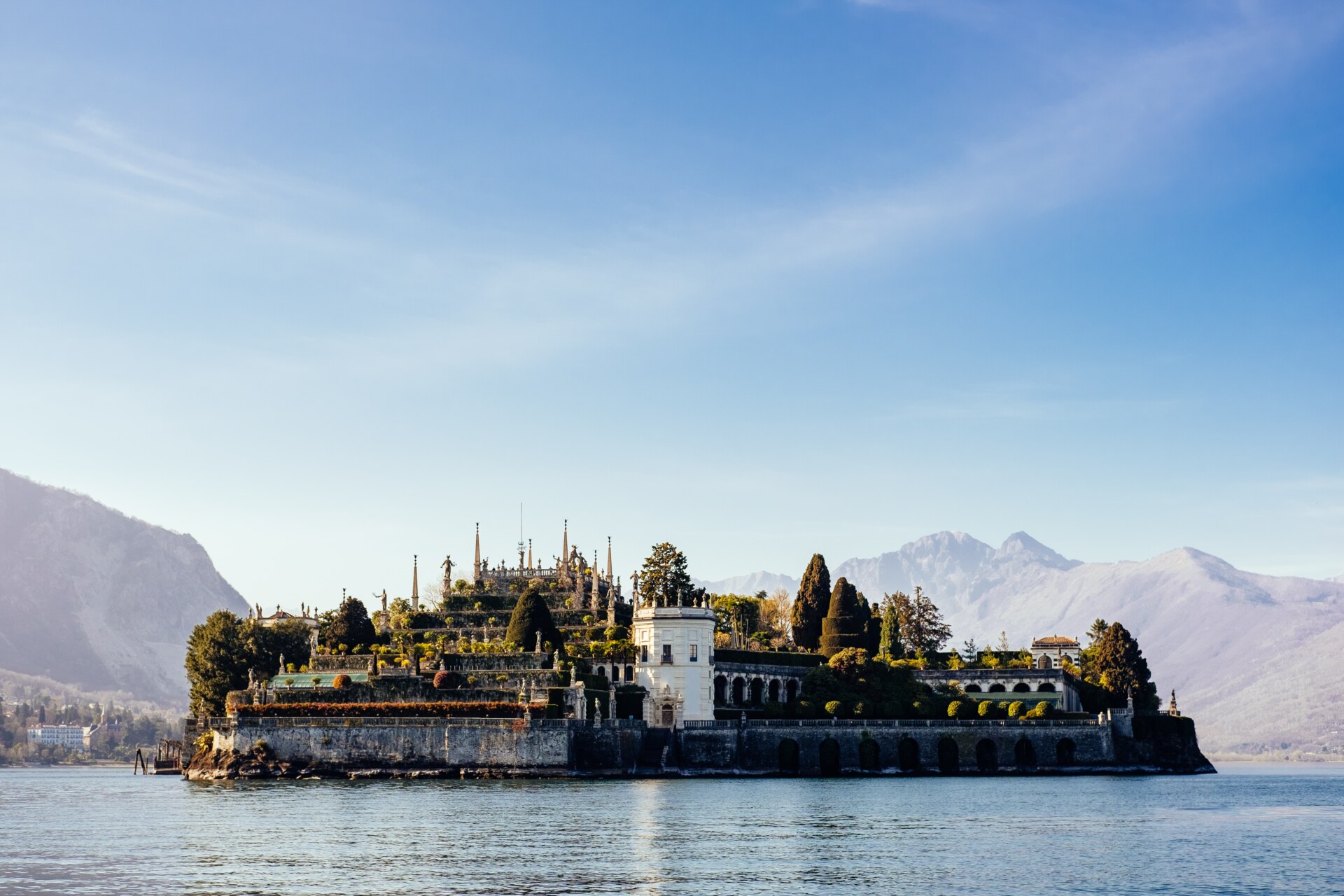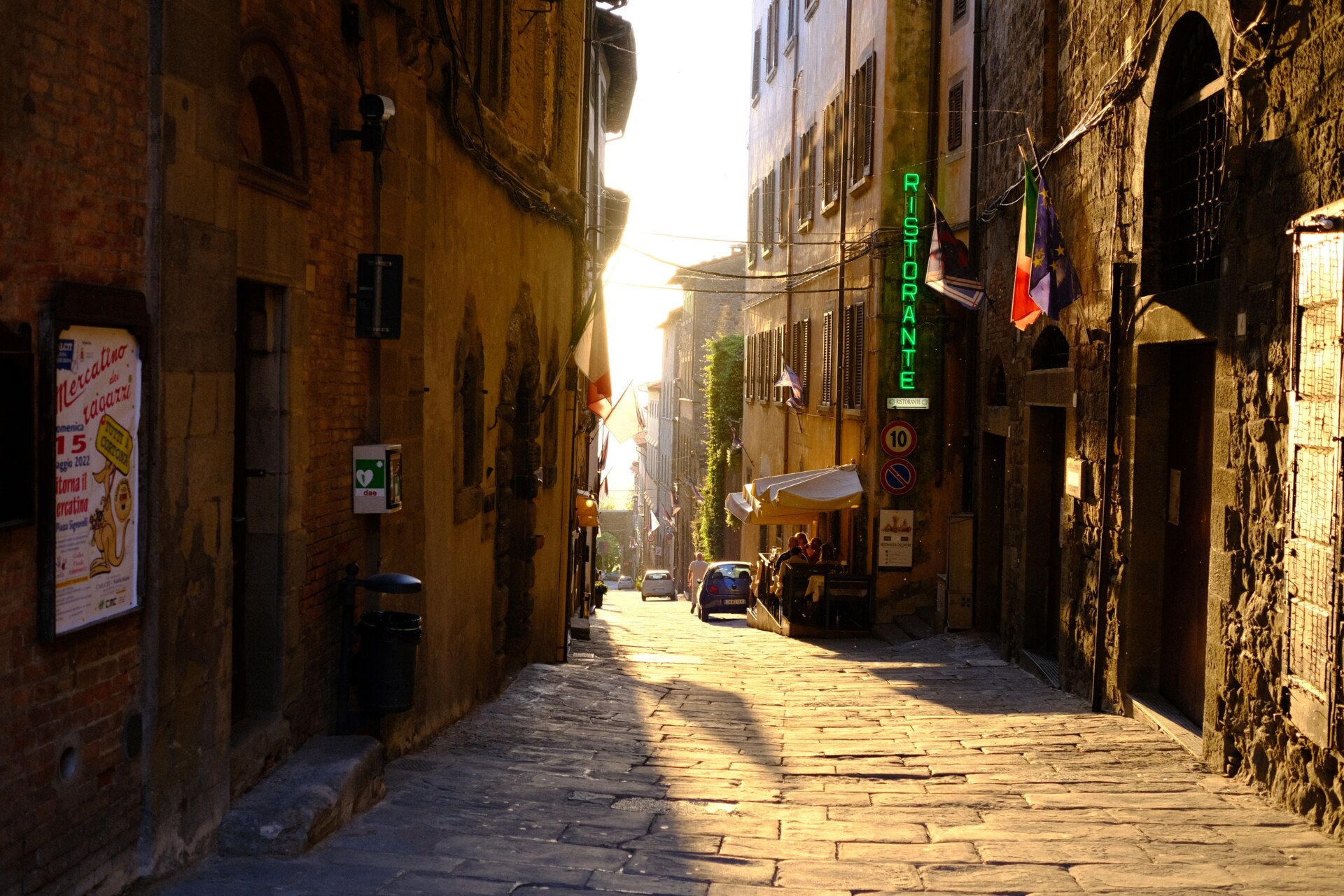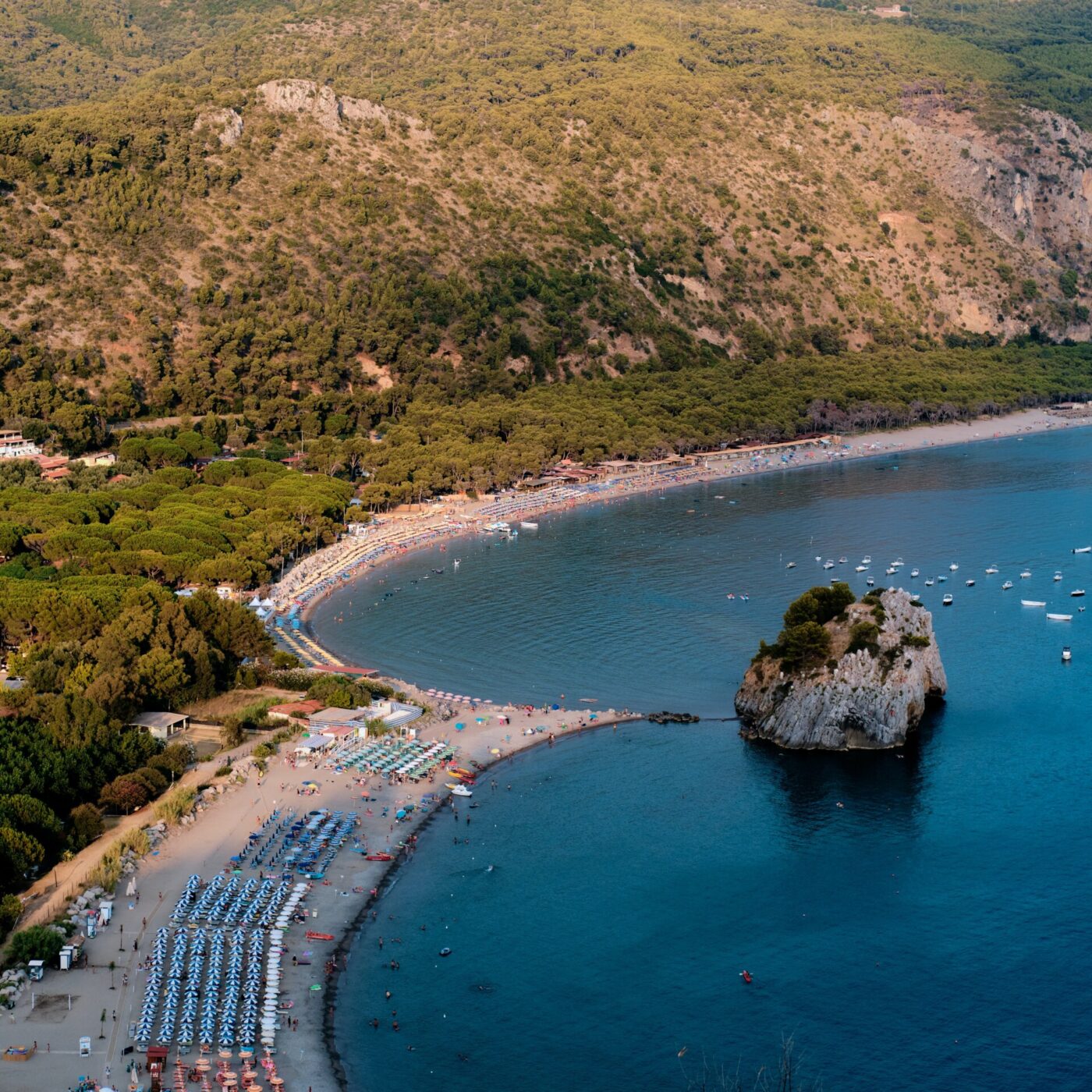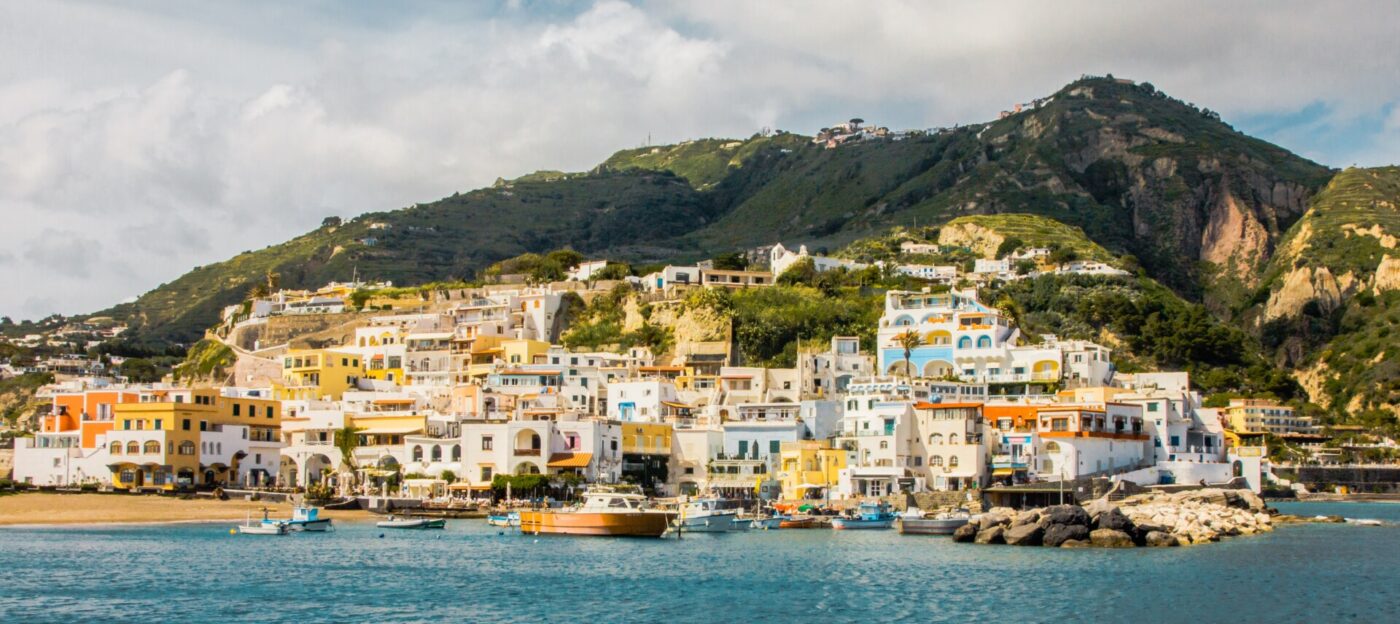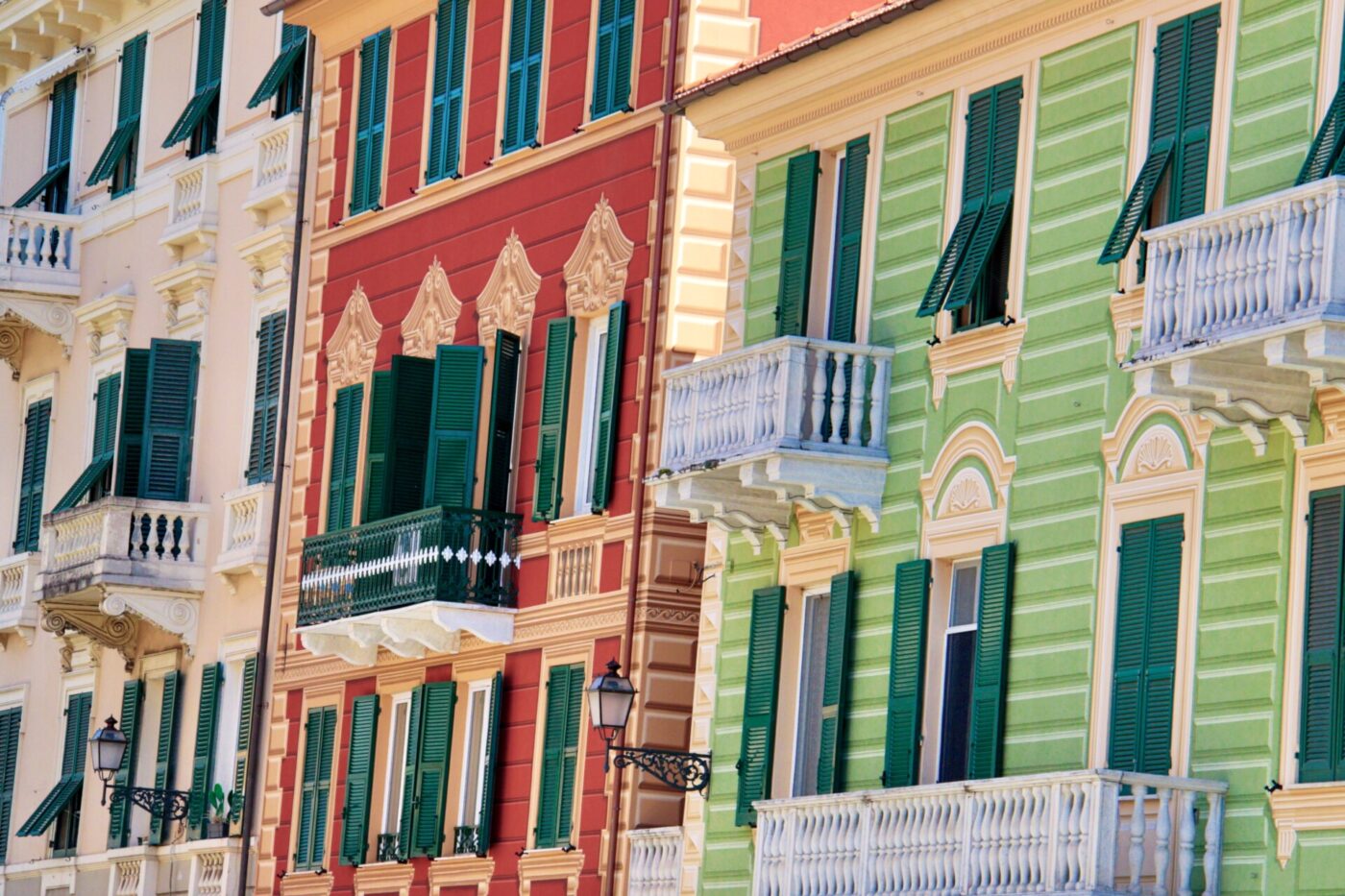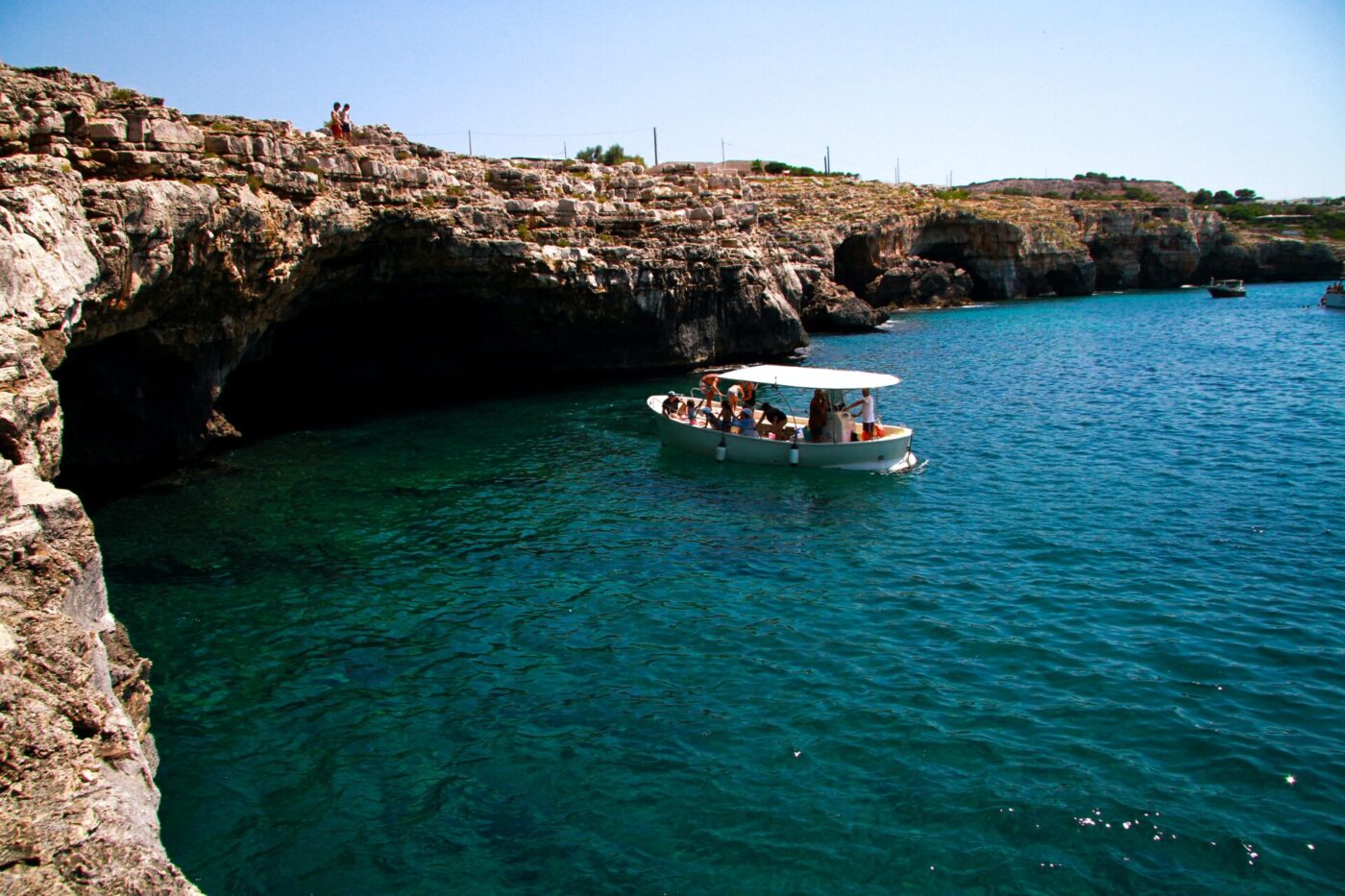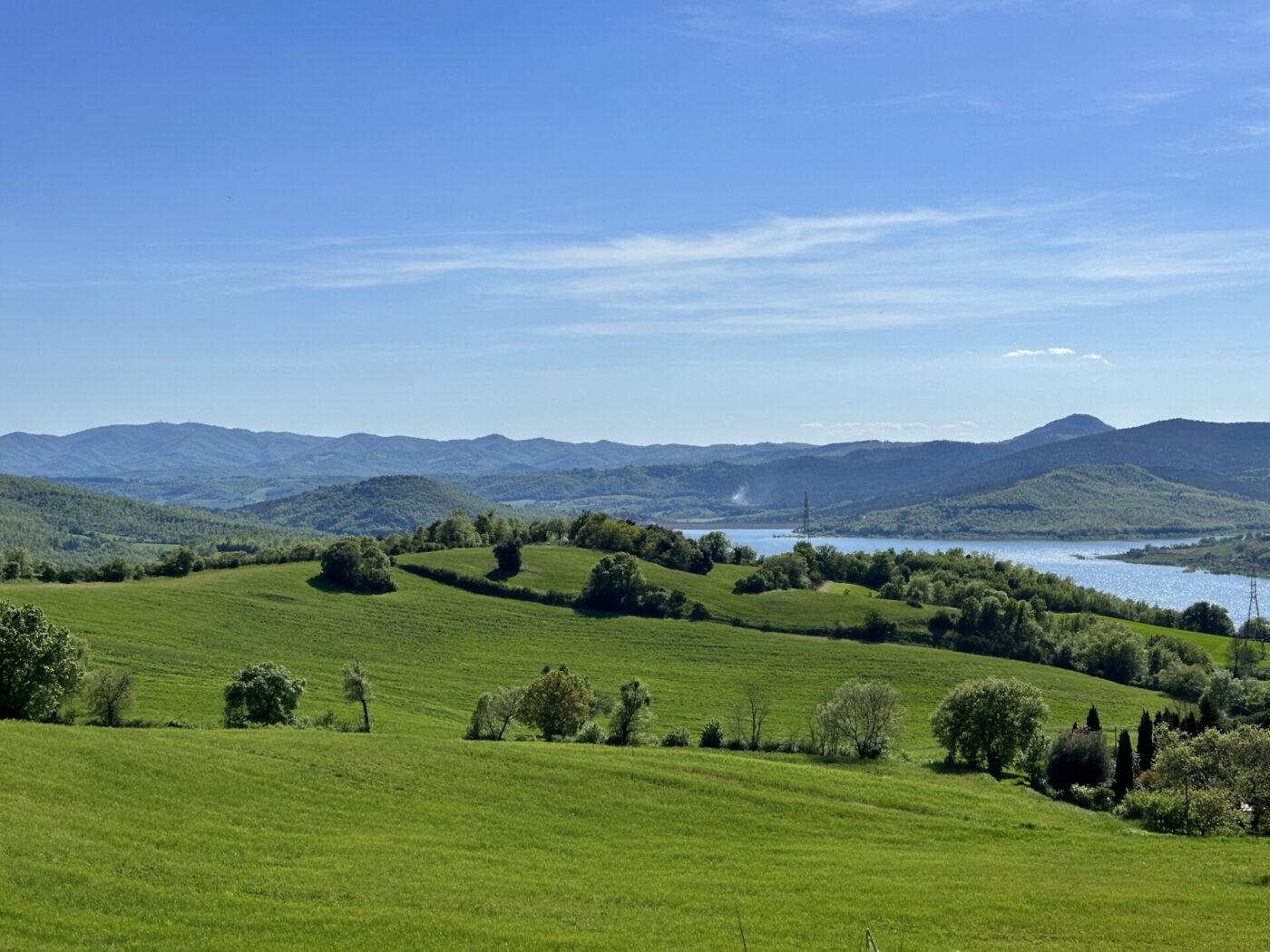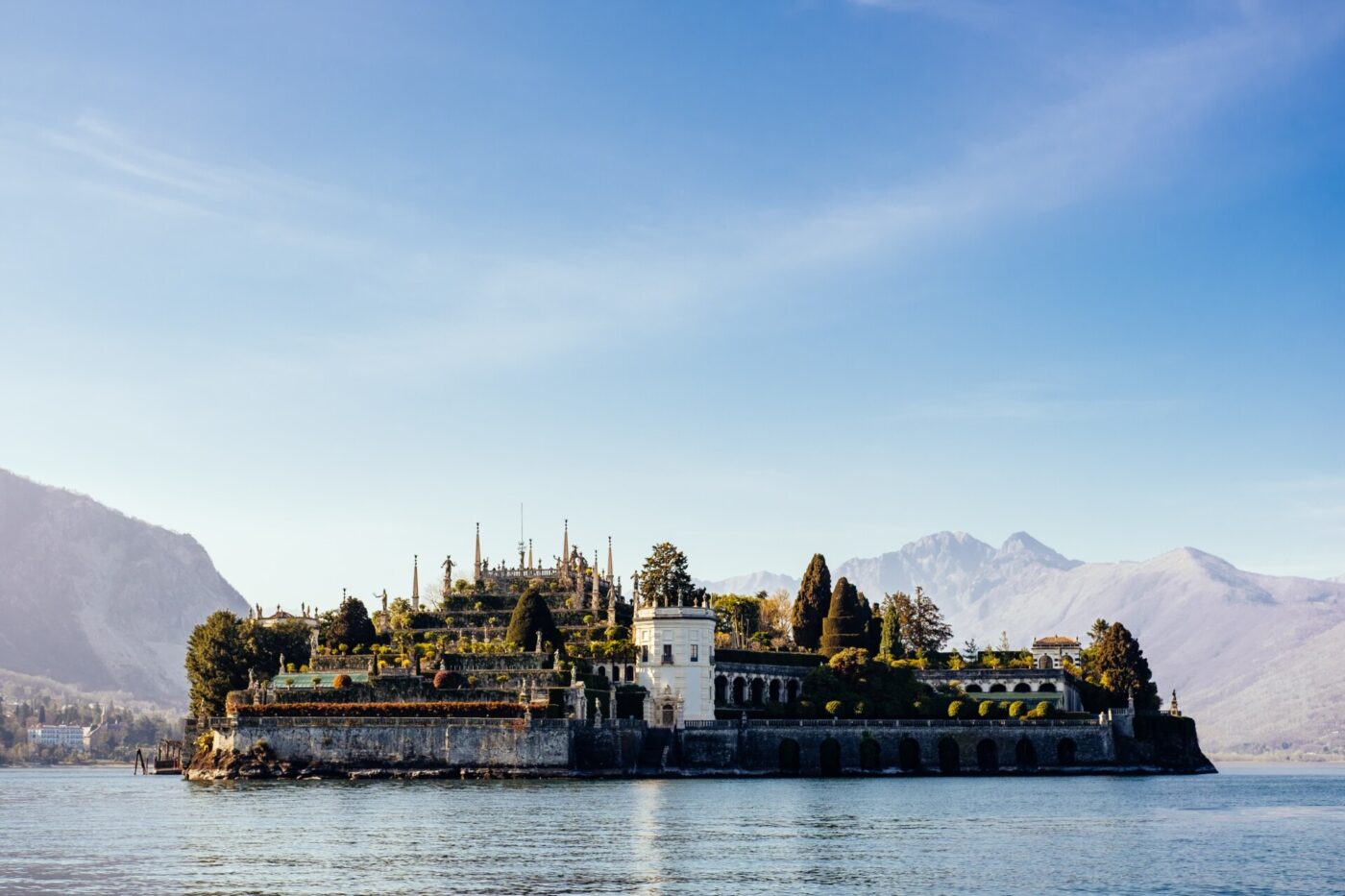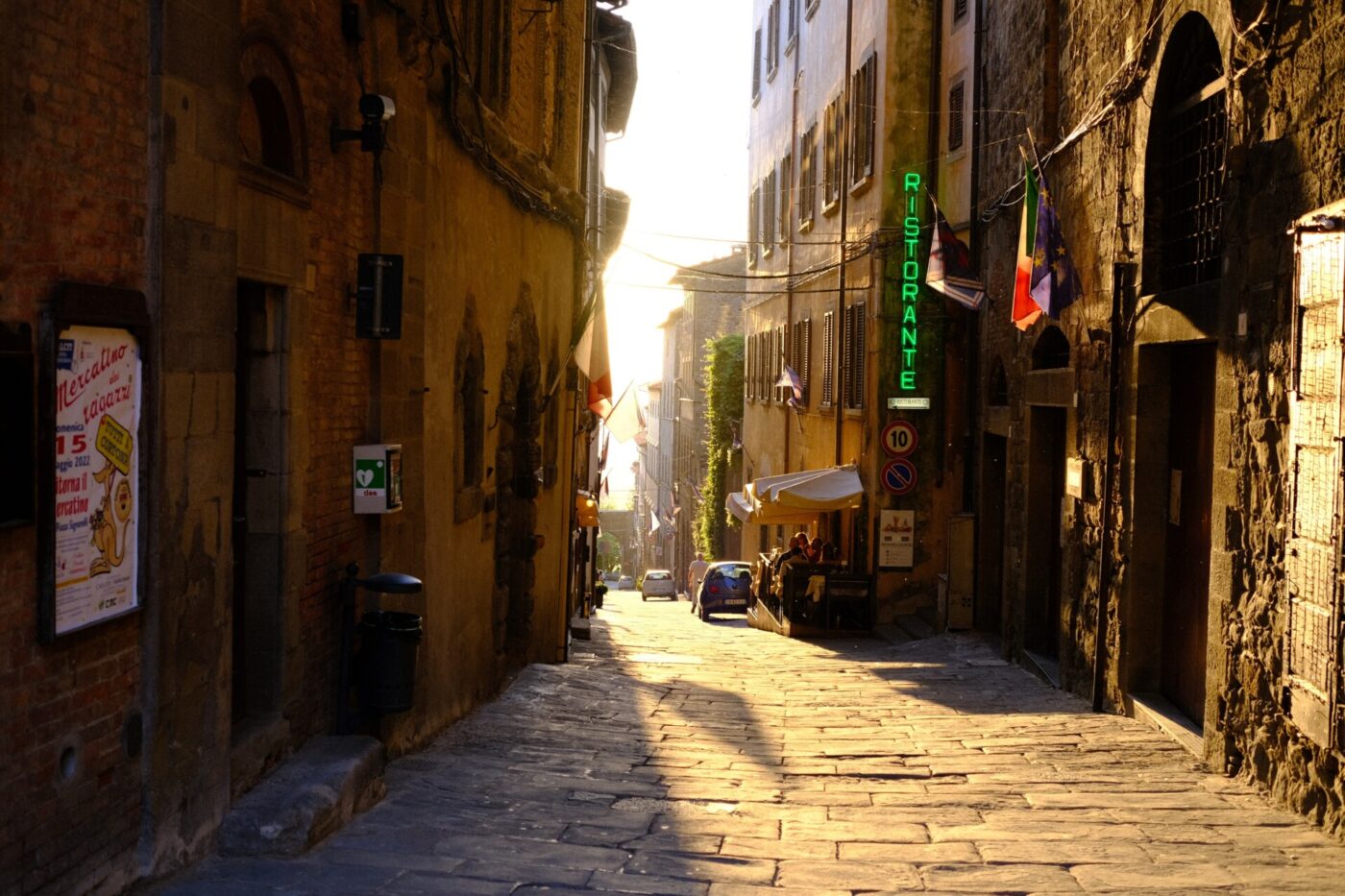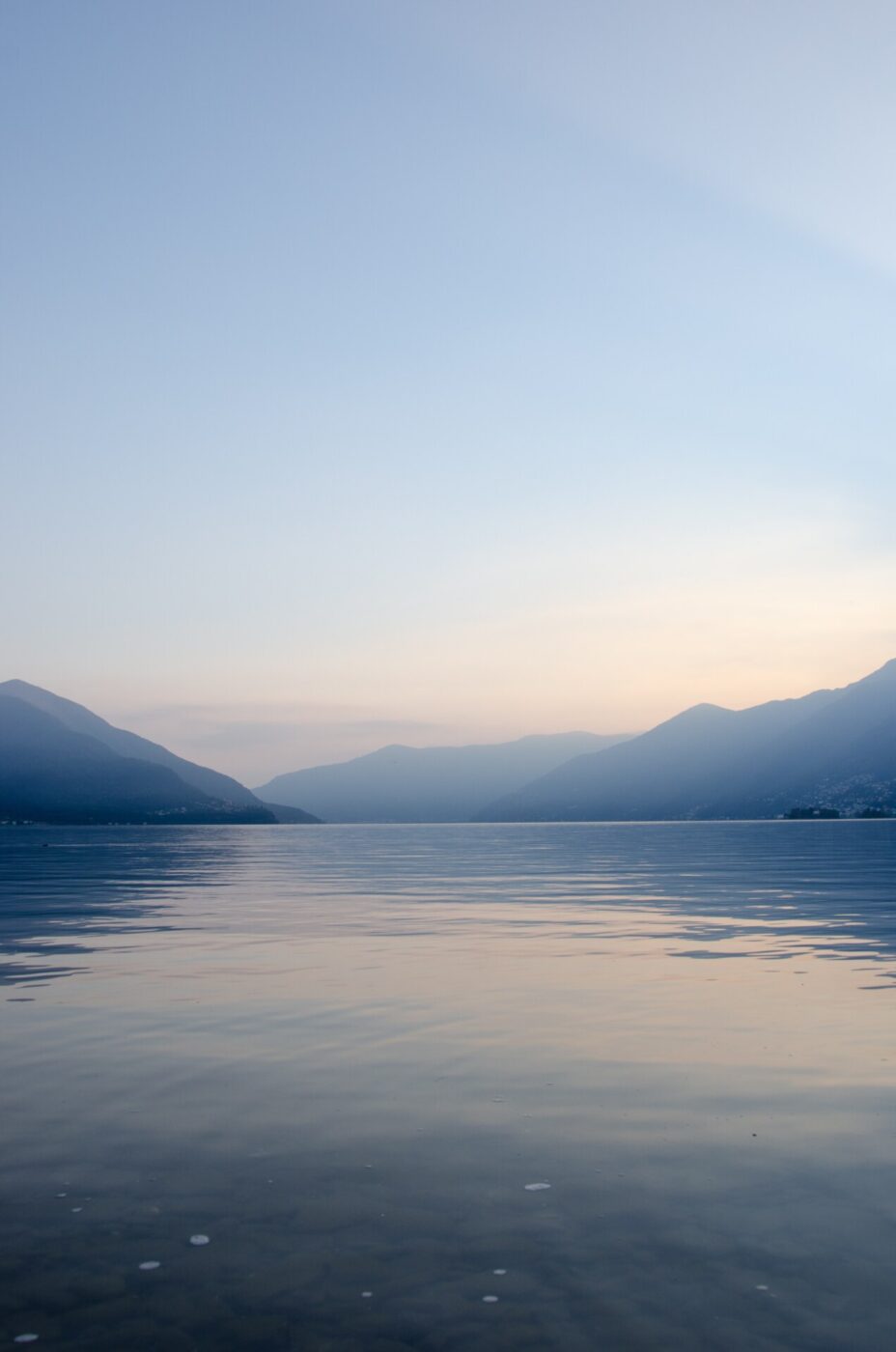Go to Cilento, Not Amalfi
Shimmering turquoise waters, beaches tucked into limestone coves, rolling green hills, and so many UNESCO World Heritage sites we’ve all but lost count, Cilento has everything Amalfi has, except for the crowds. If what you’re after for your Amalfi holiday is the scenery, sunbathing opportunities, and sea so clear you can see to the bottom, then Cilento might be an interesting option. Paestum and Velia archeological parks boast incredibly preserved Greek ruins dating back to the 5th and 6th Centuries B.C.E. Due to being less developed, this region is also a mecca for agriculture, and therefore, has incredible food to sample and interesting producers to visit–white figs, mozzarella preserved with myrtle, and of course, wine and olive oil. Cilento is also an easy, two-and-a-half hour train journey from Naples.
If however, what you’re looking for from Amalfi is the glitz and glam of it all, Cilento is not your spot. The region doesn’t have much by way of nightlife, and transport between towns can be tricky if you don’t have a car.

Go to Ischia, Not Capri
Both of these islands located in the Gulf of Naples are incredibly beautiful–there is no arguing about that. Capri’s beauty has made her the diamond of the season, and she has been since the 1960s. This popularity also means that the tiny island is very, very crowded–especially during high season–and very, very expensive. Roughly 20,000 tourists crowd Capri’s 10 square kilometers every day in summertime. On the other hand, Ischia, which is about four times the size of Capri and no less striking, receives about ⅔ of that throughout the year. A large percentage of those visitors are Italian families who come here to spend the summer, and have been doing so for generations. Really, the numbers speak for themselves–for a more local, tranquil getaway with the same jaw-dropping volcanic scenery, and revitalizing natural thermal baths, choose Ischia.
If you do go to Capri though, might we recommend our local’s guide to Capri? If you’re going to go, you have to do it right.

Go to Lago Maggiore, Not Como
Once upon a time, George Clooney bought a house in Como. And since then, it seems like everybody and their mother (let’s be honest, all our moms have a thing for Clooney) want to go there. As a result, it’s been built up with a real resort feel–think manicured golf courses, private sports clubs, and Michelin-starred restaurants–and it’ll cost you. Lago Maggiore, on the other hand, still has a pristine feel to it, with its crisp waters, alpine air, and shared border with some of the most picturesque towns in Switzerland, but is somehow still more slightly under the radar. And there is no shortage of Michelin-starred dining there too, either.

Go to Sestri Levante, Not Portofino or Cinque Terre
Our favorite spot to sun and sea on the Ligurian Riviera, Sestri Levante–despite being a stone’s throw away from both Portofino and the towns that make up Cinque Terre–has remained off the tourist radar. We’re not sure why, but we’re grateful for it. The former fishing village is built on a peninsula that divides its beach into “two seas”: the Baia di Silenzio on one side and the Baia delle Favole on the other, both fringed by pastel-colored houses painted with trompe l’oeil windows and plenty of places to have fresh-caught seafood without breaking the bank. It’s also a very close day trip distance from Portofino, so you can go see what all the fuss is about without having to pay double for your accommodations. And, if you do head over to the glitzy town, it’s very much worth going beyond the Piazzetta to explore some of the more forward-thinking food projects that have cropped up in recent years.

Go to Santa Maria di Leuca, Not Gallipoli
Bracketing the tip of the Salento peninsula, Santa Maria di Leuca and Gallipoli are in many ways twin flames. Both enchanting, romantic, and brimming with history, you can’t go wrong anywhere you go in this region. But, Gallipoli is predictably over-touristed, especially by younger contingents who are drawn to the area’s clubbing scene. Santa Maria di Leuca has our hearts instead for the way that the fuchsia bougainvillea, white walls, and blue sea make it look like somebody boosted the saturation of the whole town. Come for the white sand beaches, stay for the centurion olive trees, secret inlets, and ruins that dot the landscape.

Go to Province of Arezzo, Not Val d’Orcia
Val d’Orcia was built in the ideal of Renaissance architecture and aesthetic, replete with maze-like gardens, cypress tree-lined streets, and geometrically perfect piazzas. But, as much as Renaissance-era art and architecture are impressive, this time period gets a lot of airtime in Italy. Arezzo, also buried within the green hills of Tuscany, is a collage of Etruscan, Medieval, and Renaissance buildings, speaking to many layers of history in the region. The surrounding countryside is lush and less trodden than elsewhere in Tuscany, and you’ll find idyllic agriturismos and incredible producers of wine, olive oils, and cheese to visit, without overpaying–our favorite spot to stay in the region is Le Caviere, a thoughtfully-curated agriturismo with an olive orchard and working farm, which has inspired more than one guest to move to this region permanently.




